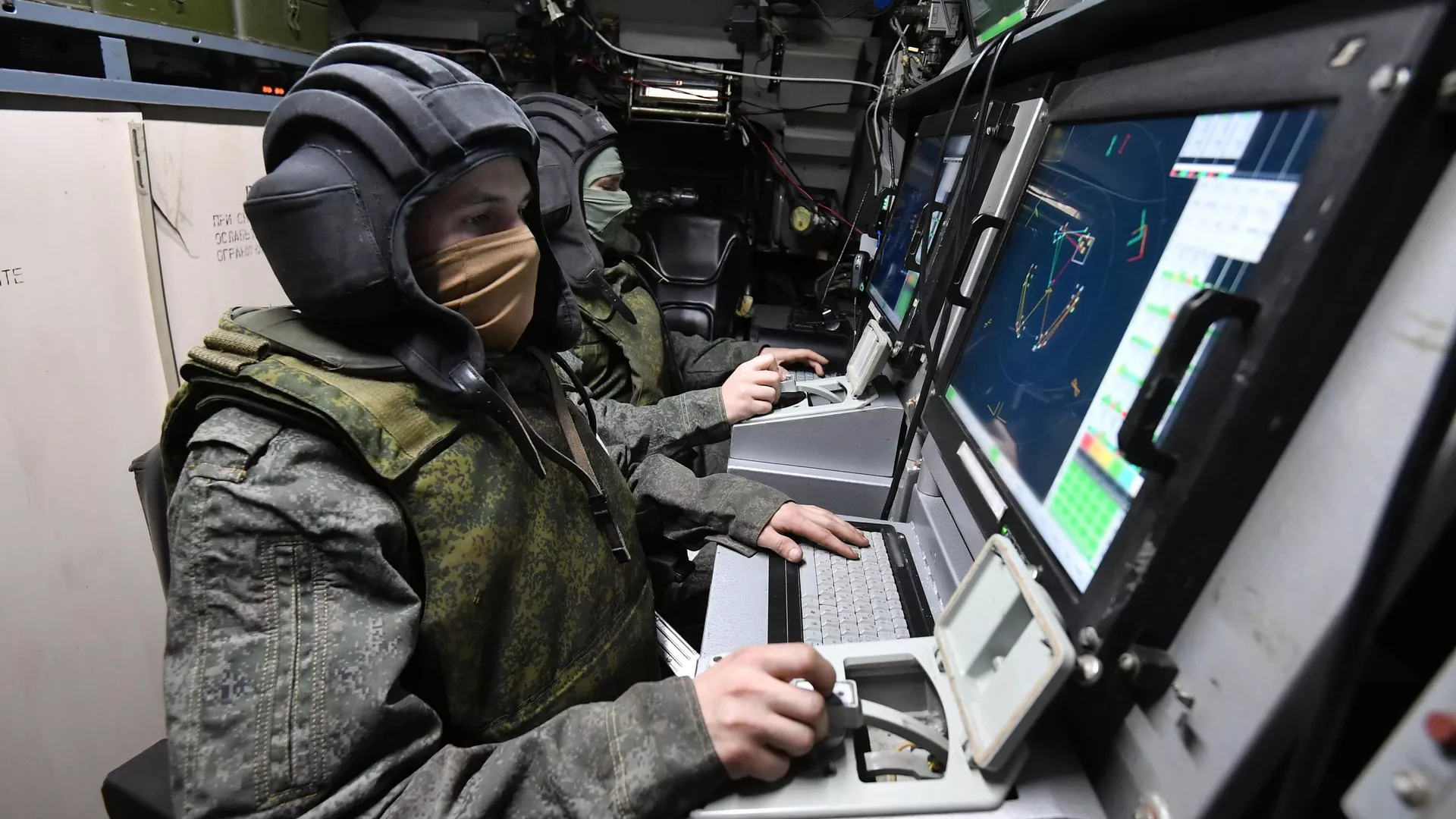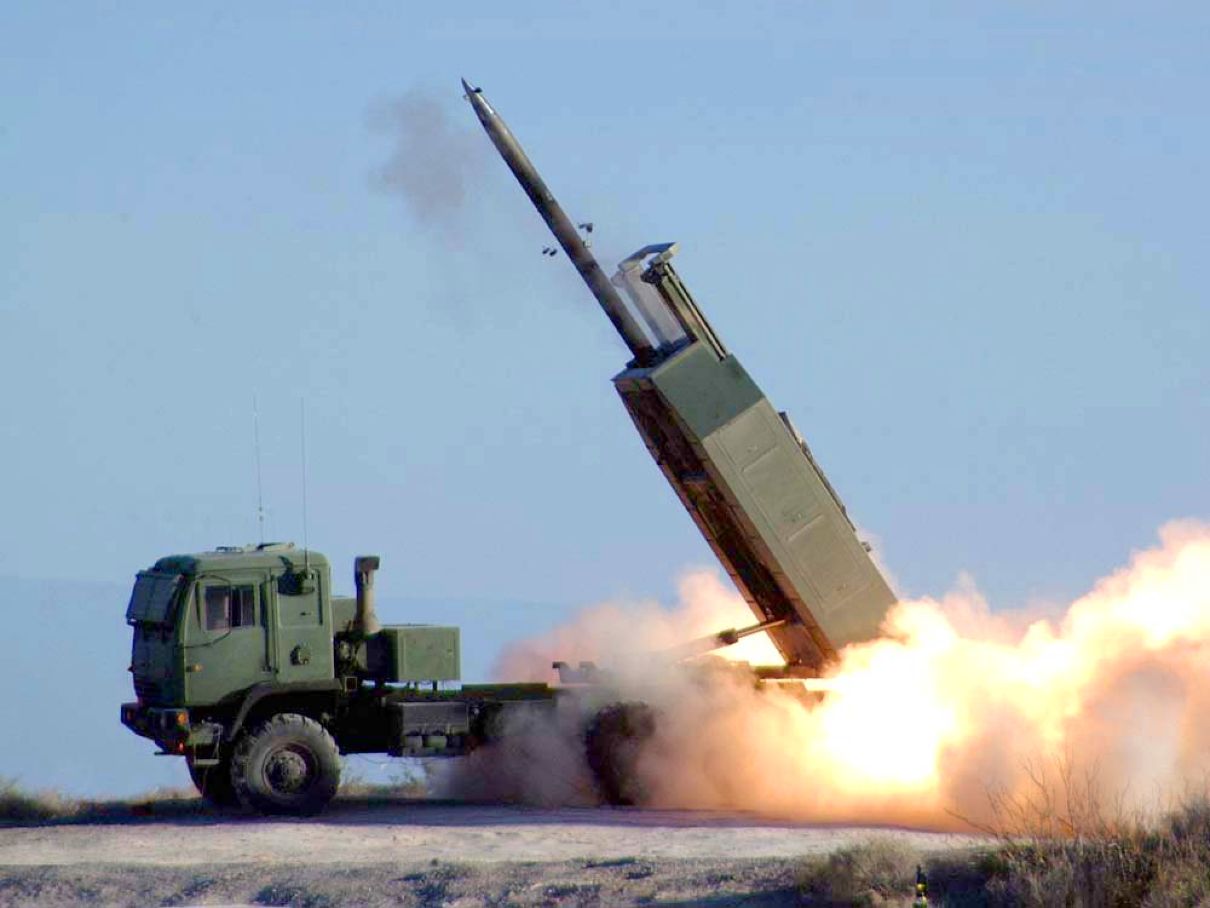The Russian air defense troops have reportedly received new software that enables them to quickly detect and shoot down US-supplied HIMARS multiple launch rocket system (MLRS) missiles.
The commander of one of the air defense units based in the Zaporozhye made this announcement on December 2.
The HIMARS system delivered by the US has proved to be a ‘game changer’ for Ukraine to thwart Russian aggression. The HIMARS system, in the opinion of most experts, has had the most significant impact on the Russia-Ukraine war.
However, experts now assert that the employment of new software enables Russian air defense units to make calculations that are nearly 100% more precise, enabling them to swiftly shoot down HIMARS missiles.
Russian air defense units received new software that makes it easy to shoot down HIMARS missiles, pic.twitter.com/3NVde10ADR
— S-War Journal (@SWarJournal9) December 2, 2022
RIA Novosti quoted the Russian air defense commander as saying, “if at the initial stage the Russian air defense forces did not understand what the HIMARS MLRS missiles were, then after the firmware of the new program, they became a “normal target.”
“We freely see, observe and destroy without problems,” he added. He said that the unit under his command had been successful in shooting down roughly 10 HIMARS rockets, including four in the last month.
Alexei Podberezkin, the director of the Center for Military-Political Studies of MGIMO, told Sputnik radio, “In principle, even before the new software, 75-80 percent of the missiles that were launched by HIMARS systems were shot down, but not 100 percent.”
But the HIMARS missiles could now be shot down with near-perfect certainty thanks to more accurate calculations, he added. Meanwhile, Russia did not reveal when they updated the domestic air defense systems with this new software.

Previously, it was reported that Moscow is also deploying its own MLRS, the Tornado-S, to counteract the HIMARS.
Similar to the American HIMARS, the Russian Tornado-S is a Multiple Launch Rocket System used to attack targets at greater distances and inside hostile territory.
The Tornado-S is thought to perform much better than the US M142 HIMARS. For instance, the US M142 HIMARS is capable of launching six 227mm GPS-guided rockets with a range of 80 kilometers and an accuracy of five to ten meters.
In comparison, Russian ground forces 9A54 Tornado-S systems have the same precision as HIMARS while firing twelve 300mm GLONASS-guided rockets at a distance of 120 kilometers. The Tornado-S is also faster and more efficient, with a launch readiness time of just three minutes.
US Awards Lockheed $431M HIMARS Contract
On December 1, the US Department of Defense announced that Lockheed Martin had received a $430 million contract to manufacture additional High-Mobility Rocket Artillery Systems (HIMARS).
According to the US Department of Defense, the full-rate production contract is intended to meet “an urgent need” to support the US Army and its international allies. The announcement did not mention the number of multiple rocket launchers that would be produced.
According to an official statement released by the Pentagon, this is the first contract for HIMARS production since the system was given to Ukraine in April. The agreement will end on December 31, 2025.

The US Defense Department has also not disclosed which foreign allies will get the new HIMARS systems. The production work will be carried out in Alabama, Arkansas, Florida, Texas, and other states across the US.
Since the start of the Ukraine war, the US has delivered 20 HIMARS to Ukraine and pledged another 18 in the coming years. The weapon’s success in neutralizing hostile assets led Ukrainian Minister of Defense Oleksii Reznikov to refer to it as a “game-changer.”
HIMARS has established itself as a crucial weapon that has increased Ukraine’s capacity to attack ammo depots, bridges, and other critical targets that undermine Russia’s ability to resupply soldiers.
A land-warfare specialist told EurAsian Times that Russia’s incapability to counter HIMARS effectively is mostly due to inefficiency and aging equipment. Having said that, it is still too early to decode how Moscow’s capabilities will evolve due to the new ‘HIMARS killer’ software.
- Contact the author at ashishmichel(at)gmail.com
- Follow EurAsian Times on Google News




